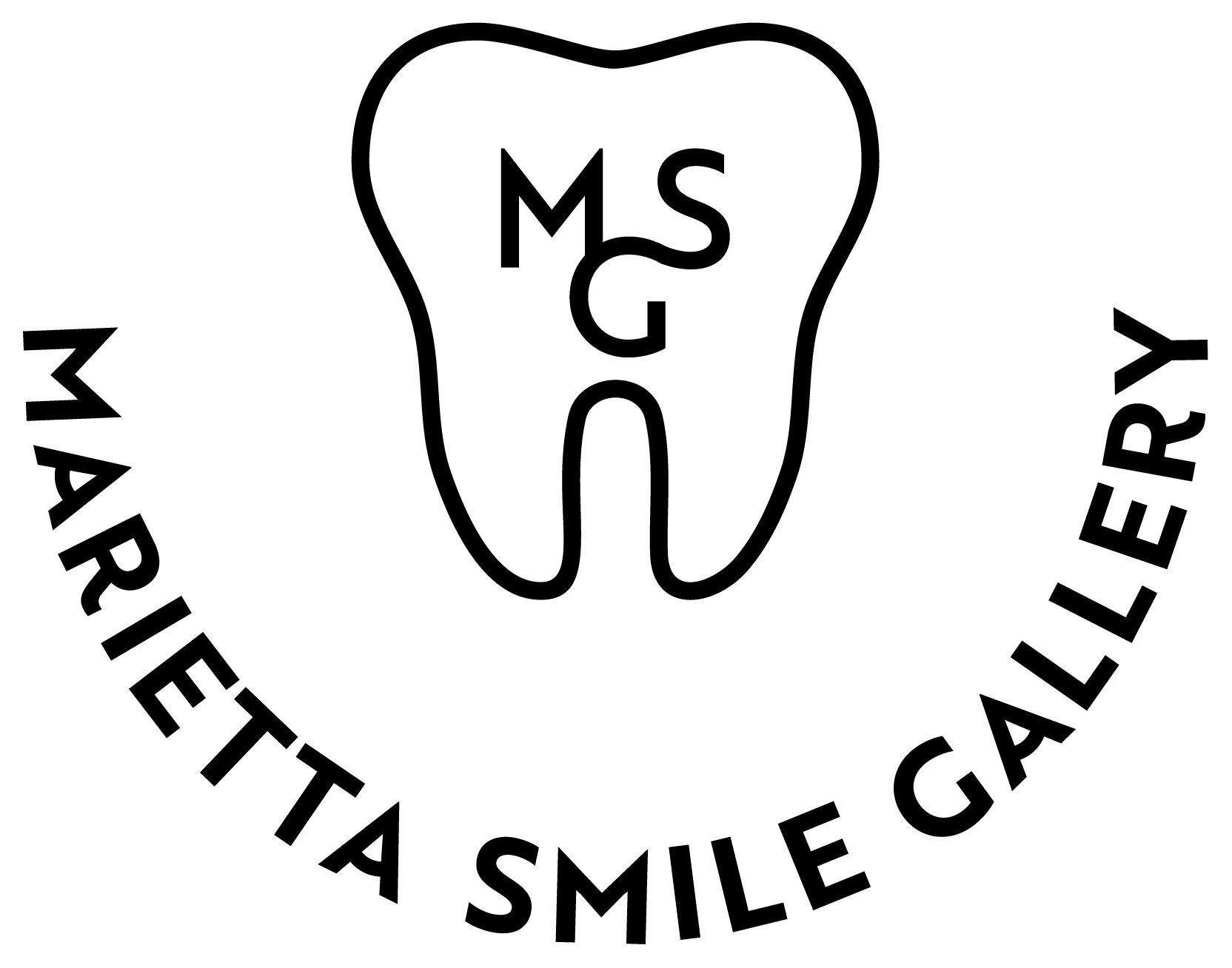
Taking care of your dental hygiene will help prevent gum disease and fight bad breath. It involves brushing your teeth, flossing, and getting routine dental cleanings twice a year. However, your dentist may recommend deep teeth cleaning when they notice signs of gum disease.
Signs You Need Deep Teeth Cleaning
Your dentist will recommend that you get deep teeth cleaning when they notice reddening, swelling, and receding of gums. They will also check for bleeding, bad breath, and loose teeth. Deep cleaning allows them to remove the buildup of plaque and tartar that leads to these symptoms.
What Does Deep Cleaning Involve?
Deep cleaning involves scaling and root planing. These are specific techniques to get rid of bacteria, plaque, and tartar from below the gumline. They prevent gum disease from advancing and causing further damage. Here is a detailed explanation of how the dentist does it.
Pre-appointment Diagnosis
The dentist will first measure the gap between your teeth and your gums. If it is over three millimeters, you have gum disease. They will also check for inflammation, bleeding, and loose teeth. The dentist will check for bone loss by X-raying your teeth.
Teeth Scaling
Deep teeth cleaning requires two appointments. The first appointment is for scaling. It involves the application of a local or topical anesthetic to the area where the dentist will be working. The local or topical anesthetic ensures you do not feel pain as the dentist treats you.
During scaling, the dentist uses a small tool or scaler to remove plaque and tartar below your gumline. You will hear scraping, but it is normal. The more tartar you have on your teeth, the more time your dentist will need to remove it. The dentist may also use an ultrasonic device to extend to the hard-to-reach areas. To avoid tartar, brush and floss your teeth more often.
Root Planing
The doctor will assess how your mouth is responding to the previous treatment. They may apply an antibiotic gel or recommend oral medication and a strong mouthwash for infections. However, they will continue root planing if your teeth and gums heal well. The process involves removing plaque and tartar on the roots of your teeth.
The removal reduces the size of the gap between your teeth and your gums. The dentist will smooth out rough surfaces. It helps your gums reattach to your teeth. After that, you may need one more checkup appointment.
Gritty Toothpaste Cleaning
After tartar removal, your dentist will brush your teeth with a high-powered electric brush. The device makes a grinding sound, which may scare you. However, it is an ideal way of removing any tartar the scaler may miss. They will also gently scrub your teeth with gritty toothpaste.
Flossing
The dentist will give you an expert flossing session. It may seem like it is not necessary, but it gets rid of excess plaque or toothpaste from the cleaning process. Before leaving, you will need to rinse your teeth with liquid fluoride.
For more information on deep teeth cleaning, visit Marietta Smile Gallery at our office in Marietta, Georgia. Call (770) 809-1500 to book an appointment today.


